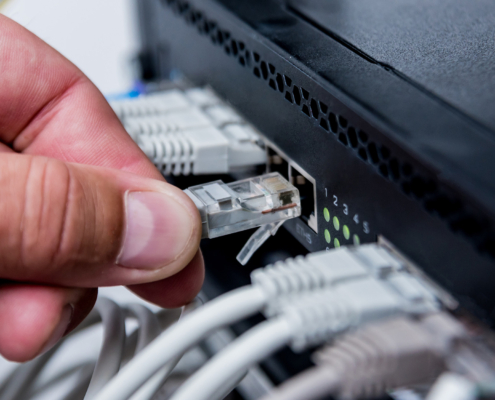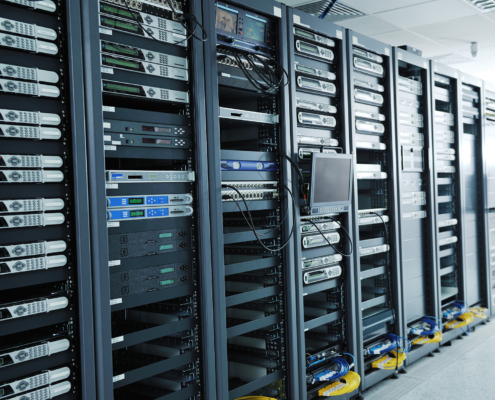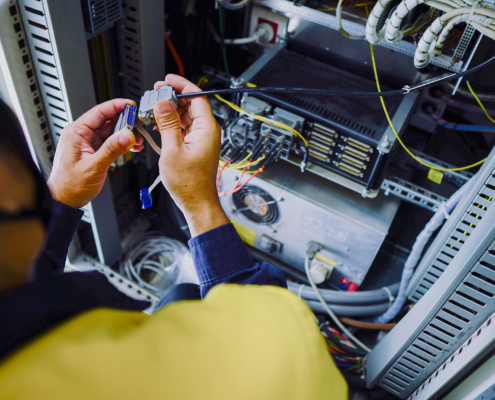Compliance with these standards is not just about meeting minimum requirements – it’s about certification that the product has been rigorously tested and is fit for its purpose. Certified cables often bear the TIA/EIA label, assuring end-users that they conform to the high standards set for data communication and networking. When planning your network, opting for certified cables like Cat5e, Cat6, or Cat6a can make a significant difference in performance while protecting your investment for future advancements in technology.
- TIA/EIA-568: This standard specifies the requirements for telecommunications cabling in commercial premises, encompassing both fiber optic and twisted-pair cabling.
- ISO/IEC 11801: This international standard is similar to the TIA/EIA-568 but includes requirements for both private and commercial communications networks worldwide.
- ANSI/TIA-862: Building automation systems cabling standards for commercial buildings.
Compliance with these standards ensures that Ethernet cables such as Cat5, Cat5e, Cat6, and Cat6a not only meet the current demands of modern networks but are also prepared to evolve with emerging technologies and higher data rates. This guarantees a scalable and sustainable network that can grow with your organization’s needs.












